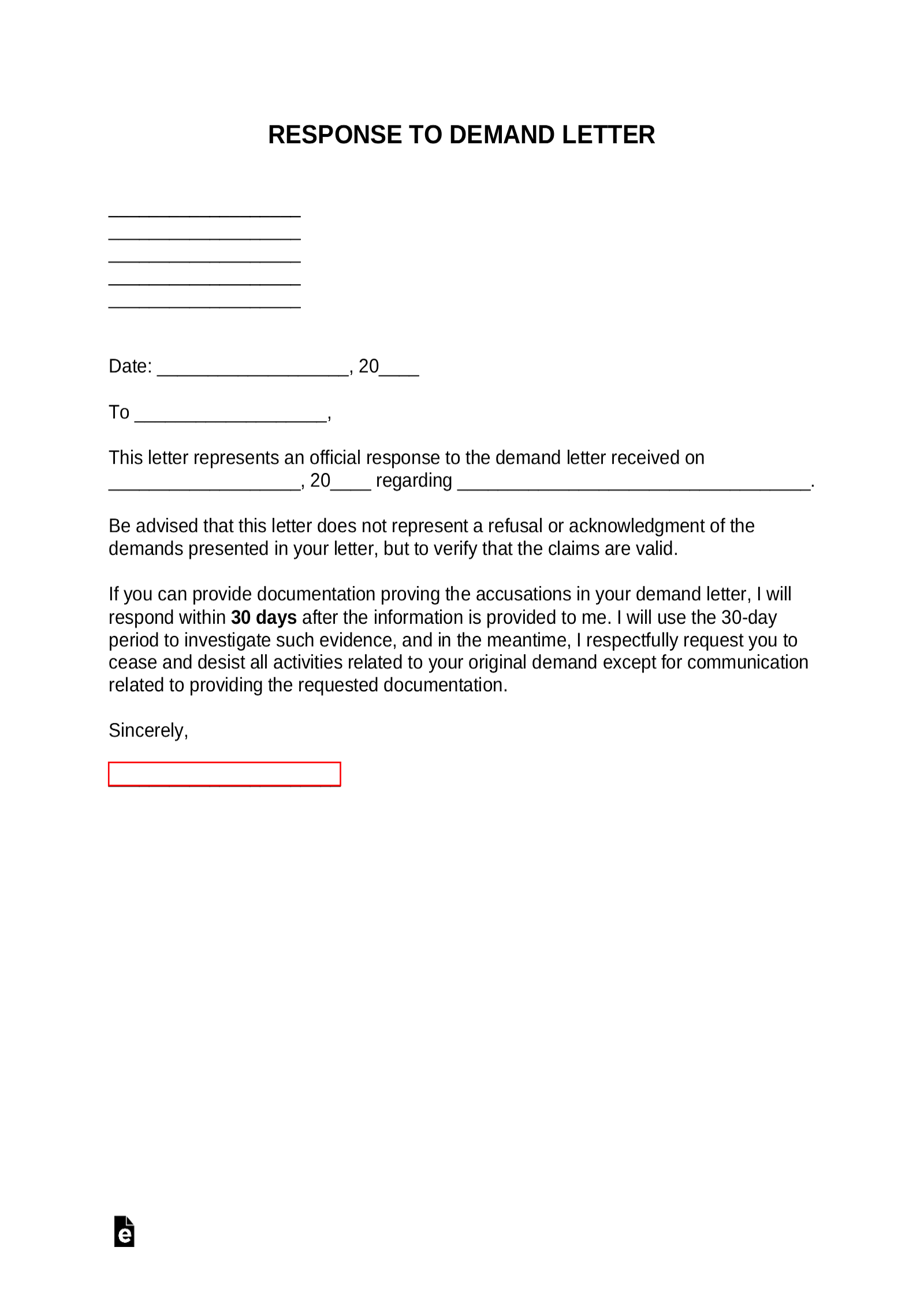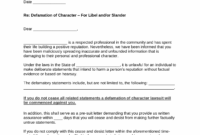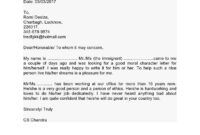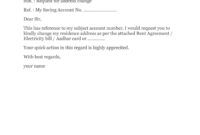Receiving a demand letter can certainly be an unnerving experience. It often comes out of the blue, laying out specific allegations, an amount of money requested, and a deadline for your action. Whether it pertains to a contractual dispute, a personal injury claim, or any other disagreement, a demand letter signals that the sender is serious about pursuing their claims and expects a formal reply from your side.
Ignoring such a letter is rarely a wise strategy. A lack of response can be interpreted as an admission of guilt, or at the very least, a lack of willingness to resolve the issue, potentially escalating the situation towards litigation. That’s why understanding how to construct an effective and professional reply is paramount. Many individuals and businesses seek a reliable response to demand letter template to guide them through this critical communication process, ensuring their interests are protected and their message is clear.
Understanding the Demand Letter You Received
Before you even think about drafting your reply, the first and most crucial step is to meticulously analyze the demand letter itself. Do not rush this part. Treat it as a puzzle you need to solve, gathering all the necessary pieces of information. A hurried review might cause you to overlook crucial details that could significantly impact your strategy. Take your time to read every sentence, highlight key sections, and make notes as you go along.
Consider the sender’s perspective and the allegations they are presenting. Is the information accurate? Are the dates and events described correctly? Is the amount of money requested reasonable, or does it seem inflated? These are fundamental questions you need to answer. Often, demand letters contain factual errors or assumptions that you can leverage in your response. Understanding the strengths and weaknesses of the claimant’s position is your foundation for a strong counter-argument.
It is also essential to identify the underlying legal basis for their claim, if one is stated. Are they citing a breach of contract, a specific statute, or common law principles? While you might not be a legal expert, a basic understanding of their legal posture will help you formulate a more targeted and effective rebuttal. This careful review prepares you for crafting a response that directly addresses their points, rather than a generic or off-topic reply.

Key Elements to Look For
As you meticulously review the demand letter, pay close attention to several key components:
- The Claimant’s Identity: Who exactly is making the demand? Ensure you have their full legal name or business name.
- The Alleged Incident or Dispute: What is the core issue they are complaining about? When and where did it supposedly occur?
- The Specific Damages or Relief Sought: What precisely are they asking for? Is it a monetary sum, performance of an action, or something else? Note the exact amount if money is demanded.
- The Legal Basis of the Claim: Do they cite specific laws, contract clauses, or established principles that support their demand?
- The Deadline for Response: This is critically important. Note the exact date by which you must reply to avoid further complications.
- Supporting Documentation: Do they include any exhibits or attachments to support their claims? Review these carefully for consistency and accuracy.
By dissecting the demand letter in this manner, you gain a comprehensive understanding of the situation. This deep dive empowers you to move forward with confidence, whether your next step is to deny the claims, negotiate a settlement, or seek further legal advice. Remember, knowledge is power when faced with such demands.
Crafting Your Strategic Response
Once you have thoroughly understood the demand letter, the next phase involves formulating your counter. This isn’t just about writing a reply; it’s about strategizing your position and communicating it clearly and professionally. Your response should be carefully considered, as it can significantly influence the trajectory of the dispute. Even if you choose to deny all claims, your communication style and the factual basis of your denial are crucial.
There are several strategic approaches you might take, depending on the specifics of the demand letter and your own circumstances. Your chosen path will dictate the overall tone and content of your response. Regardless of the strategy, always maintain a professional and objective tone. Avoid emotional language, personal attacks, or unsubstantiated claims. Stick to the facts and maintain a respectful demeanor, even if you strongly disagree with the sender’s assertions.
Your response should directly address the points raised in the demand letter, one by one if necessary. If you are denying a claim, clearly state your denial and provide a factual basis or evidence to support your position. If you are offering a settlement, clearly articulate the terms of your offer and why you believe it is a fair resolution. Precision and clarity in your language are paramount to avoid misunderstandings and strengthen your stance.
Elements of an Effective Response
While every situation is unique, a robust response to demand letter template will generally include several core components to ensure it is comprehensive and professional:
- Your Identification and Reference: Clearly state who you are and reference the demand letter you are responding to, including its date and any reference numbers.
- Acknowledge Receipt: Briefly confirm that you have received and reviewed their demand letter.
- Directly Address Allegations: Systematically respond to each of the claimant’s key points. You can deny, admit, or clarify as appropriate.
- Provide Supporting Evidence (if applicable): If you have documents, emails, or other evidence that supports your position, refer to them and consider attaching copies.
- State Your Position or Counter-Offer: Clearly articulate what you believe the resolution should be. If you are making an offer, detail its terms.
- Call to Action or Next Steps: Suggest a way forward, whether it’s further discussion, mediation, or a final denial of their claims.
- Reservation of Rights: Include a statement that you reserve all your legal rights and remedies.
- Professional Closing: End with a polite and professional closing.
Remember, the goal of your response is not just to reply but to strategically position yourself. This might mean opening a dialogue for negotiation, firmly denying unfounded claims, or setting the stage for formal legal proceedings if an agreement cannot be reached. A well-crafted response is a powerful tool in managing and potentially resolving disputes efficiently.
Navigating the complexities of a demand letter requires careful consideration and a well-thought-out approach. Your ability to respond effectively can significantly influence the outcome of a dispute, potentially saving you considerable time, money, and stress. By taking the time to understand the demand, formulate a strategic reply, and communicate professionally, you are actively taking control of the situation rather than letting it control you.
While the guidance here provides a solid framework, remember that every legal situation is unique. For complex matters, or if you are unsure about the best course of action, consulting with a legal professional is always advisable. An attorney can provide tailored advice, ensuring your response is legally sound and best serves your interests. Proactive and informed action is your best defense.



